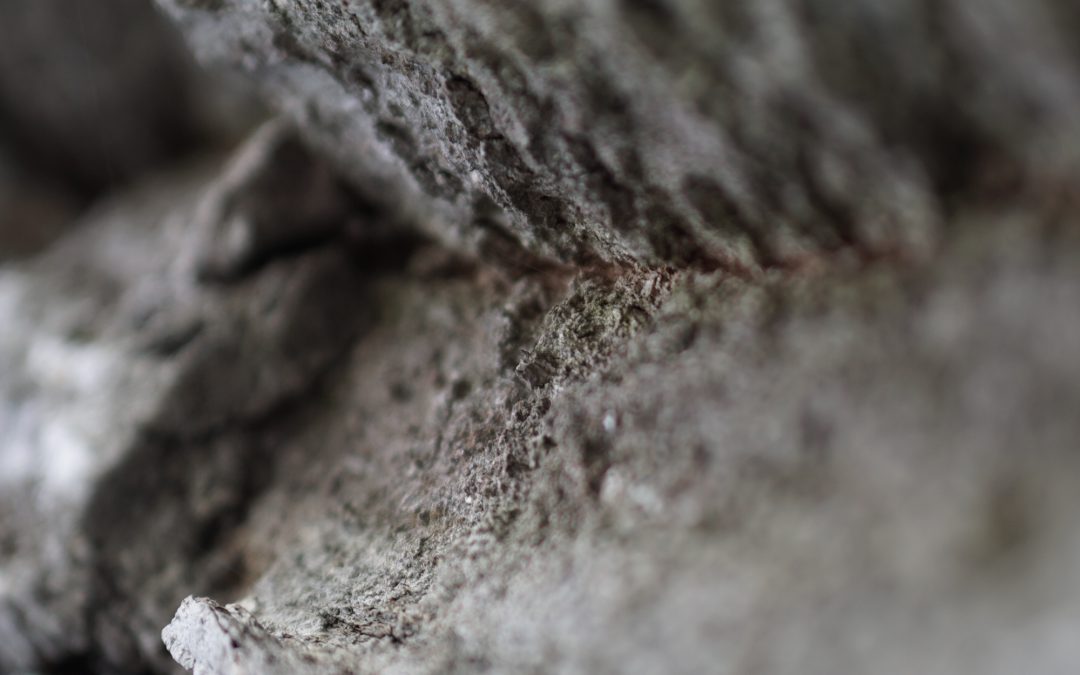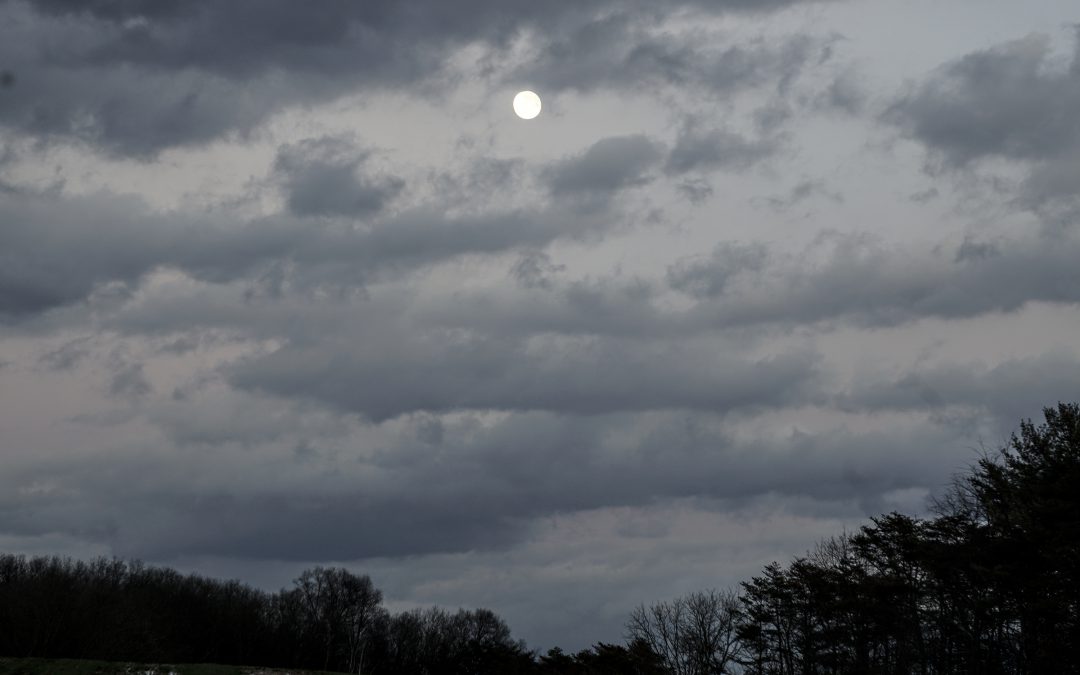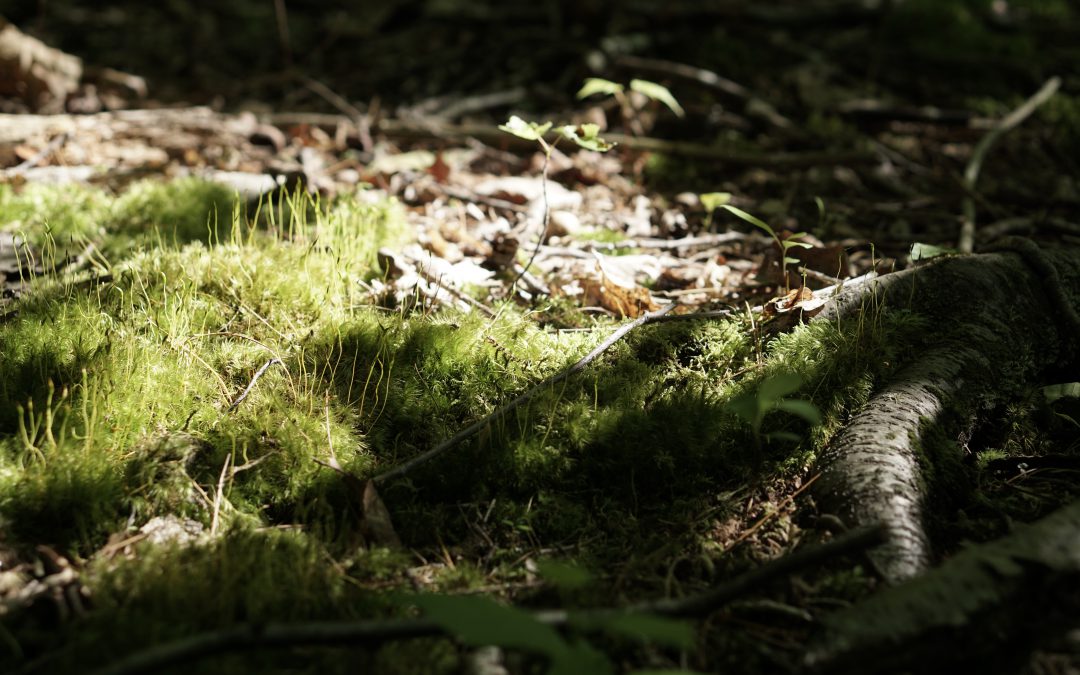
by William | Jan 19, 2022 | Healthy Living
Dear Readers,
Welcome, to the Land of the Laurels…in Winter.
The frailty of human life is very much felt when you are cold…very cold. Yet, the Land of the Laurels still feels very much alive. Quieter, yes. But alive and vibrant and hewn to the change of seasons. William and I want to include some of these natural senses into our home. But with thermal comfort…we would like to maintain the thermal comfort…
With the built environment being the current human habitat, biophilic design is a way we can connect with the land we are on, while keeping the snot in our noses from freezing. If any of you remember my DIY moss wall endeavor, then you had a very brief introduction to biophilic design. Using the above “Biophilic Reference Study” of the Land of the Laurels in the winter, we are going to take it a step further. Biophilic design, at its core, is the love of life itself (biophilia), and its interconnected, holistic, incorporation into the human-built environment.

by William | Jan 13, 2021 | Healthy Living
Dear Readers,
Welcome to the seventh and final Petal of the Living Building Challenge. These blogs have been long and many, and we appreciate you sticking with us as we navigate the twenty Imperatives. The past six Petals of Place, Water, Energy, Health and Happiness, Materials, and Equity have shown just how challenging building this home is going to be. To freshen your memory on those petals and their imperatives, we’ll show you that chart one last time.

by William | Dec 23, 2020 | Healthy Living, Small Footprint
Dear Readers,
The article you’re about to read was written during the COVID-19 Pandemic, at the end of the year 2020. That being said, keep the pandemic in mind as we look at this standard, because I think it’s unbelievably relevant. It’s important to have a healthy home in the first place, but that much more important during a pandemic…
We have delved into what it takes to meet standards set forth by the Living Building Challenge, for the petals of place, water, and energy. Below is a visual refresher of all seven petals and their imperatives.

by William | Jul 8, 2020 | Healthy Living, Uncategorized
Dear Readers,
Key Term(s)
Biophilic Design: In simple terms, it is an attempt to bring the natural, outdoor environment, into a home or other indoor space. For example, the usage of raw wood (cross laminated timber!), windows giving views of the outdoors, and moss walls!
For fellow country woodland dwellers, biophilic design may seem unnecessary. All we have to do is walk out our back door, and BAM!
Moss, trees, leaves, ferns, birds, deer, foxes, streams, the occasional goat-eating bear…take a deep breath of earthy air..
…and continue with your day. For more urban-ish inhabitants, their world is less of the natural and untamed…and more of the ‘constructed.’ Especially for those trapped in certain urban areas by economic and social constraints, they walk out onto the street to man-made lights, blacktop, concrete, controlled lawns, sirens, fences, litter, the smell of people and vehicles…
Biophilic design is a way to bring the natural, the color green, back into manipulated, human controlled, environments. This design element improves the overall physical, mental, and emotional health of inhabitants of constructed spaces.
While biophilic design may be more critical to urban environments due to their lack of easy access to the natural, it can still be instilled and valued in rural homes and buildings as well.
For example, just because William and I have both grown up in the middle of the woods, and because we want to build our home and raise our family in the middle of the woods, does not mean we cannot also incorporate biophilic design into our home.
In my parents’ house, I sometimes intentionally leave all the doors open, walk from the outside to inside barefoot, and allow all of the moss, leaves, bugs, and sticks that my bare feet, the wind, and the dogs carry in to remain strewn on our cork floors.
My mom doesn’t appreciate this interpretation of biophilic design…So, William and I are investigating more, ‘less messy,’ ways of having ‘biophilic design’ in our home. As I have mentioned the word probably three times by now, one way is ‘moss.’




